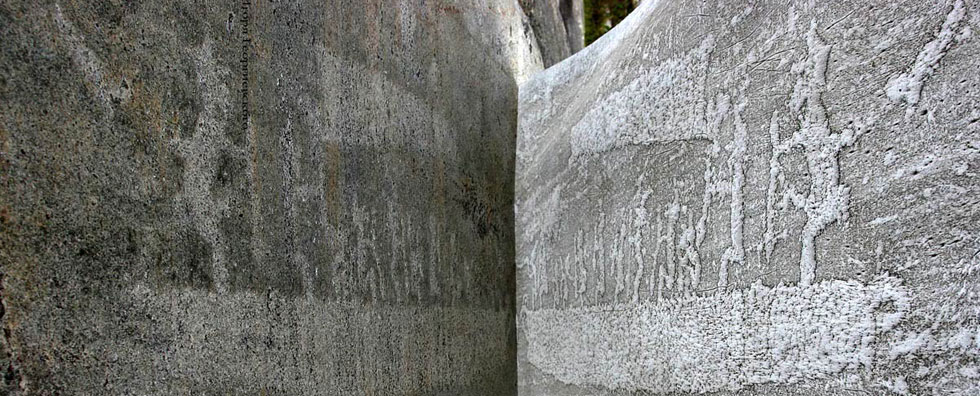
Issue №2, Vol. 18
Vasilyev S., Panov N., Dospekhova N., Kolesnikov G. Geometric aspects of simulation of chipboard tensile strength perpendicular to the formation // Resources and Technology. 2021. №2, Vol. 18. P. 1‒17.
DOI: 10.15393/j2.art.2021.5563
Geometric aspects of simulation of chipboard tensile strength perpendicular to the formation
| Vasilyev Sergey | Petrozavodsk State University, servas@psu.karelia.ru |
| Panov Nikolai | Petrozavodsk State University, supernikola@yandex.ru |
| Dospekhova Natalia | Petrozavodsk State University, dospeh@petrsu.ru |
| Kolesnikov Gennady | Petrozavodsk State University, kolesnikovgn@ya.ru |
|
Key words: chipboard; tensile strength; wooden particles; interaction simulation |
Summary: Chipboards are manufactured by hot pressing a mixture of crushed wooden particles with a polymer binder. Polymerization of the binder during hot pressing ensures the strength of the adhesive joints of wooden particles with each other. The size and shape of wooden particles are the main factors affecting the strength of boards. Previous experimental studies have shown that an increase in the proportion of small wooden particles leads to an increase in the strength of the board. The paper presents the result of a theoretical study of the influence of wooden particles shape and size on the tensile strength of a chipboard perpendicular to its face. When developing the mathematical simulation, it is taken into account that the force interaction of particles with each other is carried out in separate local regions on the surface of the particles. (The developed mathematical simulation takes into account the force interaction of particles with each other that occurs in separate local regions on the surface of the particles.) Therefore, the number of adhesive contacts of particles with each other is taken as a quantitative characteristic of strength. The developed mathematical simulation (This simulation) allowed the authors to estimate the effect of particle size and shape on the specific number of adhesive contacts per unit area of the break surface. In addition, an estimate of the number of adhesive contacts for a mixture of wooden particles of different sizes and shapes was obtained. The obtained results may be used to predict the strength of boards depending on the ratio of the size and shape of wood particles used for their manufacture. This allows us to justify the use of low-quality wood as a raw material for chipboards manufacture. The research results are in good agreement with the authors’ experimental results as well as with the results known in the literature. |
Displays: 862; Downloads: 551;




